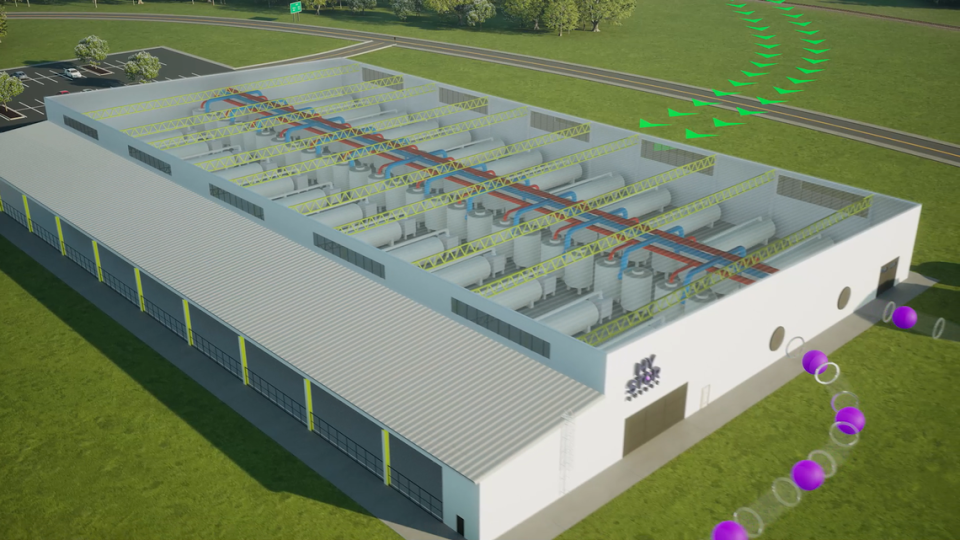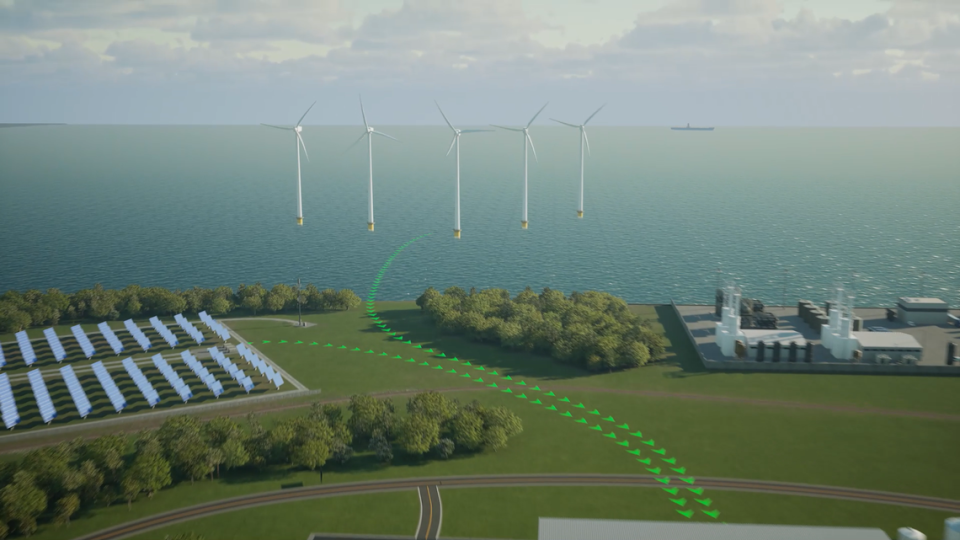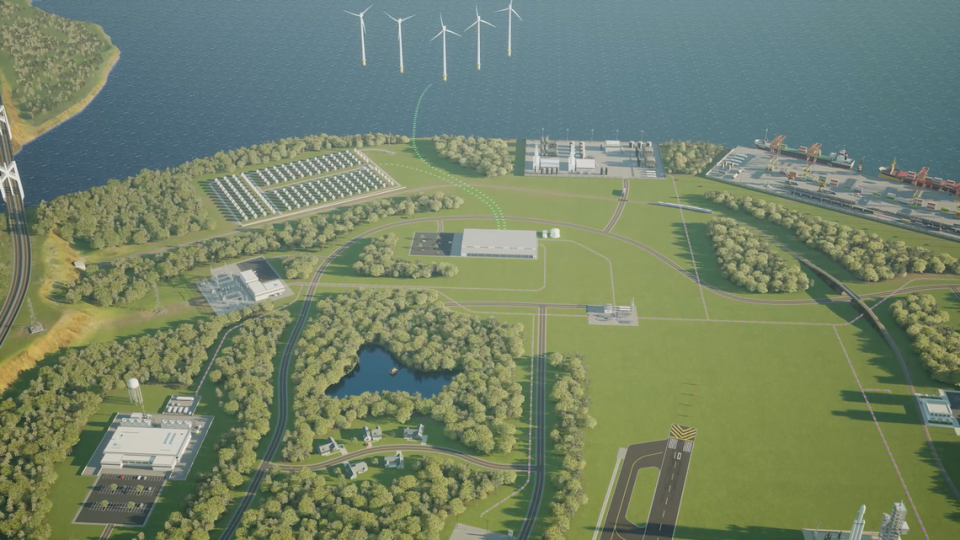This new company will bring zero-emission energy to MS, creating hundreds of jobs
Hy Stor Energy is building a green hydrogen hub in Mississippi that will generate zero emission hydrogen energy while also creating a new industry with hundreds of jobs and economic growth for the area, according to the company.
The project will be the largest of its kind in the United States, and will produce clean energy at scale that can be used as an alternative to fossil fuels in industries that are hard to decarbonize.
Hy Stor is Jackson-based but has land across the state, all the way down to their office in Gulfport. The company has acquired over 70,000 acres from Jackson south to the Gulf Coast, which will be used for green hydrogen energy production and storage.
What is green hydrogen?
Green hydrogen is a form of renewable energy that is produced by splitting a water molecule into its hydrogen and oxygen parts via electrolysis. When this process is powered using renewable energy sources, such as wind and solar, it has zero carbon and zero methane emissions. Hydrogen energy can be stored for long periods of time and used during extreme weather events, when the power may be out for days at a time, and can also be transported over long distances.
Green hydrogen produced by the Mississippi Clean Hydrogen Hub will be used to support business, industrial, transportation, and utility sectors across the state. Though the project will start in Mississippi, Hy Stor plans to distribute hydrogen energy to neighboring states, then the eastern U.S., and eventually internationally.
Hy Stor’s Chief Commercial Officer Claire Behar said hydrogen energy is an essential part of bringing flexibility and reliability to the energy grid because it can be used as an alternative to fossil fuels or electricity. It will also bring economic growth and job opportunities to Mississippi while providing diversity of energy supply.
“The development and commercialization phases of the Mississippi Clean Hydrogen Hub are expected to create hundreds of new jobs and attract new businesses to the state, diversifying the state’s economy while also driving innovation and empowering our workforce with quality, high-paying jobs,” Behar said.

Behar added that the hydrogen energy sector is an opportunity “to build upon the existing skill sets of those working in the fossil fuel industry.”
Hy Stor is partnering with the Port of Gulfport and Hancock County Port and Harbor Commission (HCPHC) to help bring renewable hydrogen energy to the Gulf Coast region. HCPHC is home to Port of Bienville Industrial Park and Stennis International Airport. This partnership will allow Port Bienville to be the first Gulf Region port to use renewable hydrogen fuel in its daily operations.
“Our goal is to attract companies that have a strategic interest in being a part of a clean hydrogen facility and create an ecosystem of entrepreneurship and innovation in the Mississippi Gulf Coast,” Behar said.
How is the energy stored?
The company will store the hydrogen energy it makes in salt caverns, where it can be kept for months or years at a time and used as needed.
“These salt caverns are going to be purpose-built for the storage of hydrogen,” Behar said. “Salt cavern geology is only found in specific locations around the world, and the Mississippi Gulf Coast is one of them. Salt caverns provide that multi-day, multi-week energy storage that can be dispatched on demand.”
Hy Stor has four salt caverns fully permitted and ten under their control in total. One is in Louisiana, and the rest are in Mississippi.
The salt caverns sit over 3,000 feet below the surface and have a height of 1,000 feet.
“It’s like the Eiffel Tower sitting underground or the Empire State Building. That’s the magnitude that we’re talking about,” Behar said. “So people ask ‘why store underground?’ and it’s because you can store magnitudes larger volume underground than above ground. And that makes the most economic and safe solution for storing hydrogen. It’s far away from the hydrosphere, the biosphere, and communities.”
Why Mississippi?
Mississippi is a strategic geographic location for the company because of the state’s naturally occurring geology and its proximity to existing distribution channels, such as the Mississippi River, deep water ports, interstate highways, railways, and gas and electric transmission lines. Having access to ports is going to be crucial for the company as they grow, expand, and seek to transport energy internationally.
“It’s really all about that suitable geology and then interconnected critical access to shipping and logistics corridors like the Mississippi River and deep water ports in the Gulf,” Behar said. “We really see green hydrogen developing into a major global market, where I believe strongly that the United States is going to play a dominant role as a global green hydrogen supplier and exporter.”
Construction will start next year for the Mississippi Clean Hydrogen Hub, which will be fully built by 2026.



